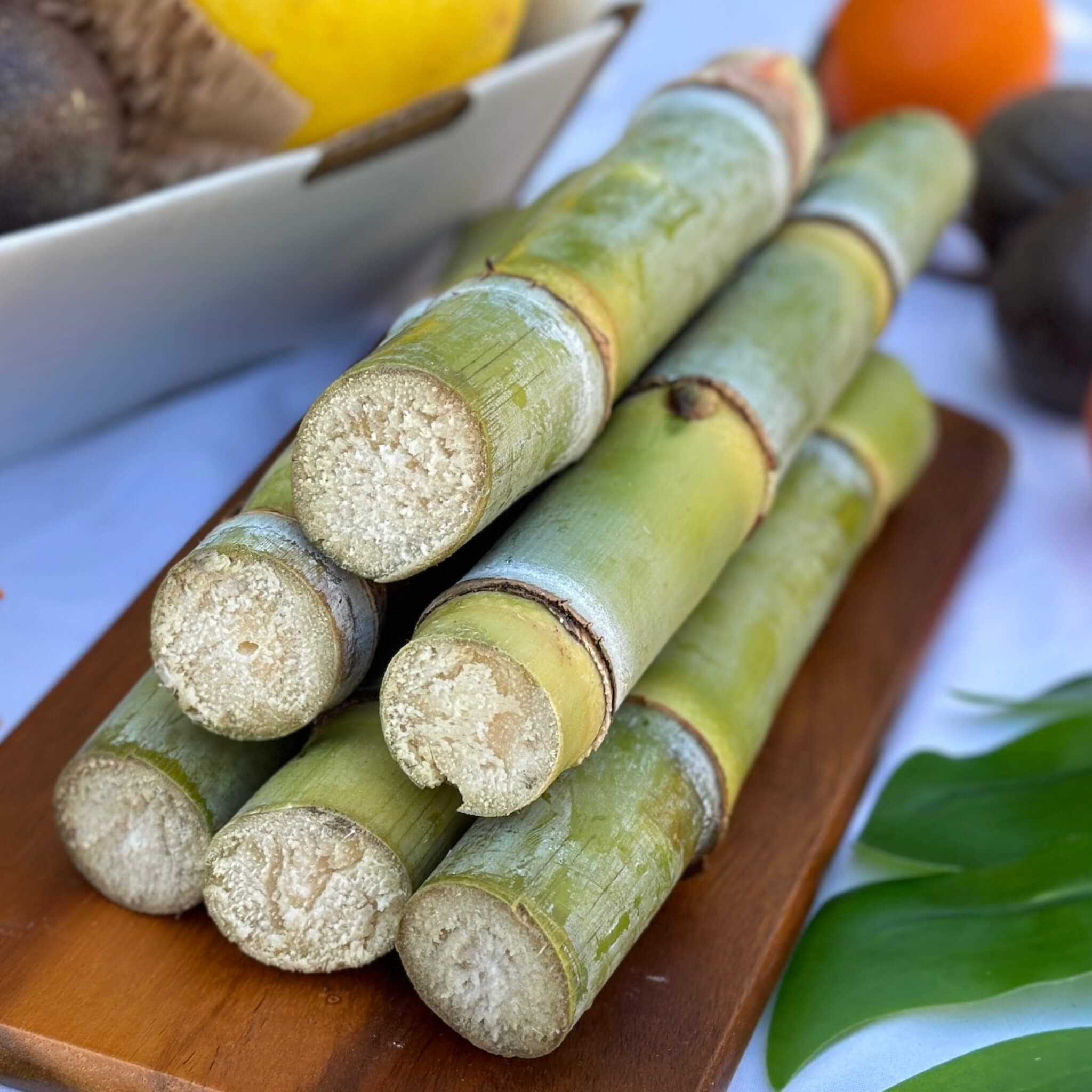How Walking Cane Sugar Handling Chemicals Improve Sugar High Quality and Yield
The function of processing chemicals in cane sugar production is critical, as they directly affect both the top quality and yield of the final product. By utilizing compounds such as lime and phosphoric acid, makers can properly eliminate pollutants and improve extraction efficiency. Moreover, the incorporation of turned on carbon and enzymes offers to enhance the malfunction of complex sugars, ultimately bring about a purer and higher-quality sugar. The details of just how these chemicals communicate within the handling atmosphere raising inquiries about their long-lasting effects and potential improvements in the sector.
Review of Cane Sugar Handling
Cane sugar processing involves a collection of important steps that transform raw sugarcane right into polished sugar products. The process starts with harvesting, where fully grown sugarcane stalks are reduced and delivered to refining facilities. Upon arrival, the walking cane undertakes washing to get rid of pollutants such as dirt and plant products.
Following cleaning, the cane is squashed to extract the juice, which consists of sucrose - sugar and cane. This juice undergoes information, where lime and warm are used to eliminate remaining contaminations and non-sugar elements. The made clear juice is after that vaporized to focus the sugar web content, causing the development of thick syrup
Following, the syrup is crystallized via a controlled cooling procedure, resulting in sugar crystals. To accomplish refined sugar, further filtration actions are used, including washing, re-crystallization, and drying.
The final item is either packaged as raw sugar or better processed into white sugar, accommodating various consumer and commercial demands. This extensive collection of actions ensures the production of high-grade sugar, important for countless applications in food and beverage markets.
Secret Processing Chemicals Made Use Of
The production of refined cane sugar depends on various processing chemicals that play substantial roles at different stages. This step is important for enhancing the overall quality of the drawn out juice.
Phosphoric acid offers a twin objective; it enhances the information process and assists in the removal of color-forming substances, adding to a higher purity of the end product. Additionally, sulfur dioxide functions as a whitening agent, permitting the reliable elimination of unwanted pigments and improving the color of the sugar.
Various other notable chemicals include activated carbon, which is utilized for more decolorization, and enzymes that promote the break down of complicated sugars into easier types, thus enhancing yield. The careful selection and application of these processing chemicals are crucial for maximizing the performance of sugar extraction and refining processes, ultimately leading to a more regular and better sugar product.

Effect On Sugar Quality
Exactly how do handling chemicals influence the high quality of refined sugar? The intro of various chemicals in the walking stick sugar processing phase considerably improves the pureness and overall Clicking Here high quality of the last product. Trick representatives, such as phosphoric acid and calcium hydroxide, assist in the explanation procedure, effectively eliminating pollutants and colorants that can negatively affect sugar's look and taste. By reducing the effects of undesirable elements, these chemicals help attain a higher degree of decolorization, leading to an extra visually attractive and marketable item.
Moreover, using activated carbon and ion-exchange resins throughout the refining process plays a vital function in eliminating off-flavors and unfavorable smells, contributing to the sugar's sensory account. This refinement not only raises the organoleptic and aesthetic top qualities yet also improves the service life by reducing microbial activity connected with pollutants.
Additionally, the accurate application of these chemicals guarantees that the sugar exhibits a regular grain size and flowability, which are important features for both industrial applications and customer choices. Generally, the strategic use of handling chemicals is essential in accomplishing high-grade refined sugar that satisfies industry requirements and customer expectations.

Enhancing Return Performance
Enhancing yield efficiency in walking cane sugar processing entails optimizing numerous stages of manufacturing to make the most of the quantity of sugar extracted from raw walking cane. One vital aspect is the choice and application of proper processing chemicals, which can promote the breakdown of cell walls and boost sugar launch throughout removal. Chemicals such as enzymes and acids play a vital duty in this process by hydrolyzing polysaccharides and dissolving contaminations, therefore boosting the overall extraction effectiveness.

Regular monitoring and adjustment of handling parameters are vital to maintain performance throughout production (sugar and cane). why not try this out By using these techniques, sugar manufacturers can not just raise the amount of sugar obtained yet also minimize waste and reduced manufacturing prices, adding to an extra lucrative and lasting sugar processing procedure
Advantages for Manufacturers and Consumers
Cane sugar processing chemicals offer significant advantages for both producers and consumers, developing an extra lasting and effective market. For producers, these chemicals improve extraction processes, leading to higher yields and boosted sugar top quality.
The better quality of sugar translates to far better taste and uniformity in food products. In addition, the use of handling chemicals can lead to a more secure supply of sugar, mitigating scarcities and price spikes that can take place due to environmental aspects or market fluctuations.
Final Thought

The duty of processing chemicals in walking stick sugar manufacturing is critical, as they straight influence both the high quality and return of the last product (sugar and cane). The consolidation of activated carbon and enzymes offers to maximize the break visit their website down of intricate sugars, eventually leading to a purer and higher-quality sugar.Walking cane sugar processing entails a series of vital actions that transform raw sugarcane into polished sugar items.Enhancing yield effectiveness in walking cane sugar handling involves optimizing numerous phases of manufacturing to make the most of the quantity of sugar drawn out from raw cane.Walking stick sugar handling chemicals play an essential function in enhancing both sugar quality and yield